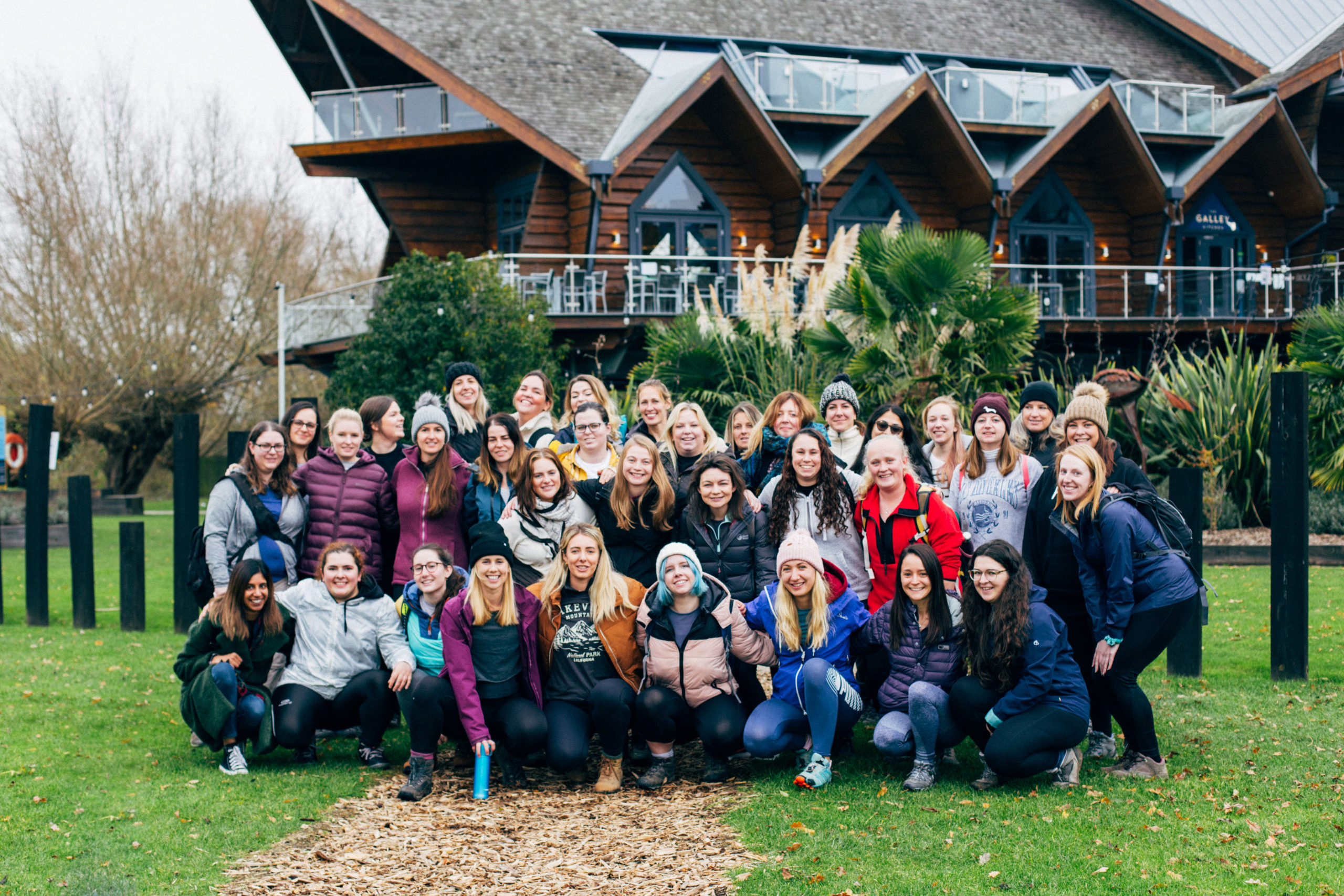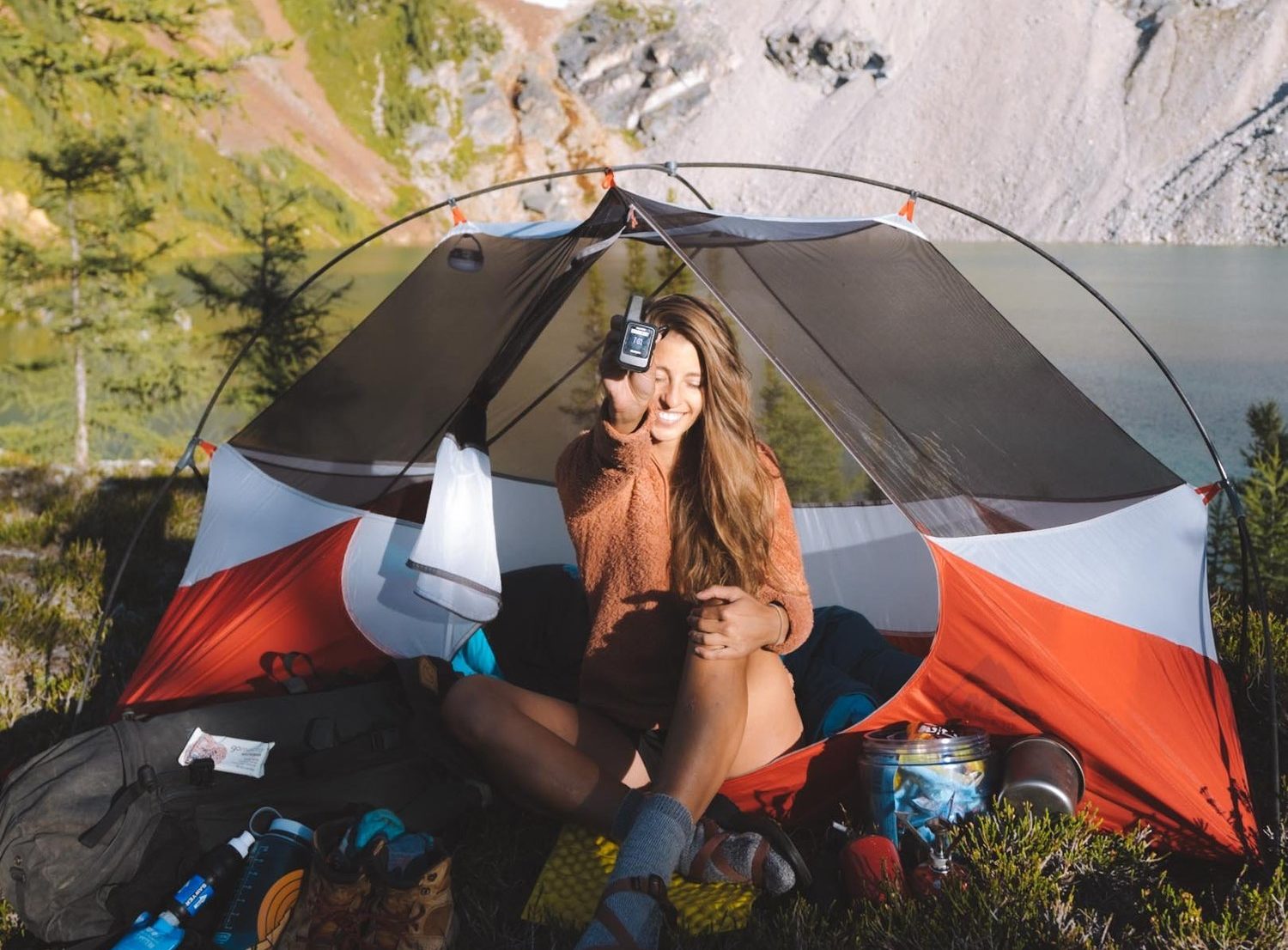At Outdoor Adventure Girls we are passionate about the environment and facilitating access to the outdoors for even more women.
We believe that we are responsible for achieving good environmental practice and operating in a sustainable manner.
We are committed to reducing our environmental impact and continually improving our environmental performance as an integral and fundamental part of our business strategy and operating methods.
Outdoor Adventure Girls has a strong commitment to sustainability and in the future plans to become a B Corp Certified company. This means we aim to become a business that is meeting high standards of verified performance, accountability, and transparency on factors from employee benefits and charitable giving to supply chain practices and input materials.
*Our CEO Sophie has also requested to sign the Outdoor Industry CEO Diversity Pledge.
Therefore, we have pulled together a sustainability statement referencing the seven principles of leave no trace and how we plan to protect our planet in the future.

We plan to:
- minimise our waste and then reuse or recycle as much of it as possible;
- minimise releasing emissions into the atmosphere when bringing our community together, by encouraging car sharing and when possible providing group transport to and from activities;
- encourage our community to follow the seven principles of Leave No Trace (see below);
- as far as possible purchase products and services that do the least damage to the environment and encourage others to do the same;
- when undertaking our international trips Outdoor Adventure Girls will planet one tree for every person attending in to order to offset their carbon emissions via JustOneTree;
- ensure that our community understand our environmental policy and conform to the standards it requires as much as they can;
- undertake beach clean ups and litter picking when we are on meet ups and/or weekend trips;
- update our Sustainability statement annually in consultation with our community and other interested parties.

Leave No Trace Principles
1. Plan ahead
- Knowing the rules, access rights, restrictions in effect, and specifics of the site.
- Preparing for bad weather, natural hazards and other emergencies.
- Planning trips during low-traffic periods.
- Exploring less frequented areas. Dividing large groups and go out in smaller groups of 4 to 6 people.
- Bringing an up-to-date map and compass to orient yourself and follow the right path.
- Repackaging food in reusable containers to minimize waste.
2. Travel and/or camp on durable surfaces
- Travel and camp on existing trails and campsites.
- For off-trail travel, stay on durable surfaces: bare ground, rock, sand, dry grass, deep snow.
- Avoid altering a site to camp: a good site is found, not made.
- Protect shorelines by camping more than 60 m from lakes and streams.
- In frequented areas:
- Use designated trails and campsites.
- Walk in single file down the middle of the trail, even if it is muddy or wet.
- Limit the camping area. Concentrate your activities on areas without vegetation.
- In pristine, remote or isolated areas:
- Disperse its impact so as not to create new trails or campsites.
- Avoid damaging surfaces that have suffered little or no impact.
3. Dispose of waste
- Bringing back what was brought. Separating waste from hazardous waste. Burning waste in a campfire is not an acceptable solution.
- Thoroughly inspecting picnic areas and campsites for trash, food scraps, cigarette butts and other micro-waste.
- Depositing human faeces in a hole dug more than 60 m (or about 70 adult footsteps) from water sources, trails and campsites. Digging the sanitary hole in organic soil 15 to 20 cm deep and digging and camouflaging after each use.
- Packing-out the toilet paper or put it in the sanitary hole.
- Bathing and washing dishes more than 60 m away from waterways. Using a minimum amount of biodegradable soap.
- Spreading soiled water in large streams through vegetation.
- Filtering food debris through a sieve and placing it with the waste to be packed-out before spreading the dishwater.
4. Leave what you find
- Preserving heritage: avoid moving or destroying traditional, historical and cultural elements and sites.
- Leaving stones, plants and all other natural objects in their original place and condition.
- Avoid building structures, constructing furniture or digging trenches.
- Preventing the spread of exotic invasive species by removing mud and debris from shoes, clothing and equipment.
5. Minimise campfire impact
- Campfires can cause lasting impacts: opting for cooking on a portable stove is a good solution.
- Placing barbecues, fire boxes and portable stoves on durable surfaces.
- Protecting soil and roots from burning.
- If open fires are allowed, using designated locations. Keeping fires small.
- If wood collection is allowed, burning only dead wood that is collected from the ground and can be broken up by hand.
- Allowing pieces of wood and embers to reduce to ash. Completely extinguishing fires and check that ashes are cool before leaving the area.
6. Respect wildlife
- Leaving the field clear for the animals and observing them from a distance.
- Moving away at the first sign of nervousness or change in behaviour.
- Refraining from feeding animals to avoid harming their health, altering their behaviour, or exposing them to predators or other hazards.
- Storing food, garbage and other odorous products in a bear-proof barrel, in facilities provided on site, or in car trunks.
- Avoid disturbing animals during sensitive breeding, nesting and calf rearing periods, or during winter.
- Keeping control of a pet or leave it safely at home. Picking up after our dog or burying it in a sanitary hole.
7. Be considerate of others
- Acting with courtesy. On a narrow trail, give way to uphill hikers.
- Pulling over along the trail to give priority to people with mobility aids.
- Taking breaks on durable surfaces off the trail.
- Giving freedom for the sounds of nature to be heard. Avoid excessive noise. Wearing headphones if using electronic devices.
- Limiting the use of drones to areas where they are permitted and following the rules.
- On social networks, posting photos that demonstrate behaviour to better protect natural environments.
*Reference: advice and guidance taken from Leave No Trace.

